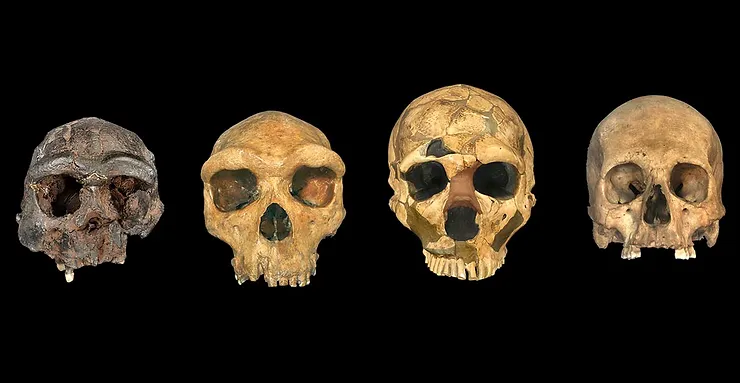By: Albert Wang
In 1947, scientists discovered the skull of an ancient cave-dweller in the Sterkfontein caves near Johannesburg, South Africa. “The Australopithecus africanus fossil, dubbed “Mrs. Ples”, was estimated to be under 2.6 million years old”. But recent studies using advanced testing methods have concluded that Mrs. Ples actually lived a million years earlier than scientists thought. The new study estimates that. Mrs. Ples lived between 3.4 and 3.7 million years ago, making her a possible ancestor of humans.
When it was found, the fossil was too brittle to be tested, which forced scientists to instead analyze the surrounding soil and sediment. They tested mineral deposits that were newer than the rest of the sediment around her, leading to the false interpretation of the fossil’s age.
Now, scientists used a new method called “cosmogenic nuclide dating.” This method measures the level of isotopes in the specimen, which gives more accurate results.
“Lucy” is an Australopithecus afarensis fossil found in northern Ethiopia in 1974. She is believed to be around 3.2 million years old. The Australopithecus afarensis species is widely considered to be the species that evolved into the earliest humans.
Although they lived 4,000 kilometers away from each other, scientists believe that these two species had plenty of time to travel, meet, and mate. But this is only speculation because there is not yet enough evidence for this to be proven either true or false. We do not know how long these species lived or how far they traveled. We simply don’t have enough data to come to a conclusion.
Data that scientists find in the future may allow us to understand our ancestry better.











